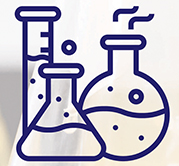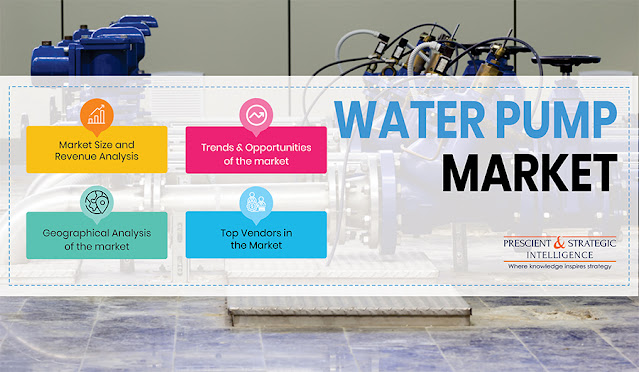The major factors aiding in the growth of the South African charcoal briquettes market are the country’s rich barbecue culture and the low cost of such fuel. As a result, the revenue generated from the sale of such products is projected to display an 8.8% CAGR during the forecast period, to reach $286.7 million by 2030 from $136.0 million in 2019. Charcoal is produced by heating wood without oxygen, to remove all the volatile constituents and water from it.
 |
| To learn more about this report: https://bit.ly/31BDjsd |
Based on type, the South African charcoal briquettes market is categorized into round, hexagonal, oval/pillow, coconut shell, and others, which includes shisha, hookah, and octagonal charcoal briquettes. Among these, the oval/pillow category held the largest share during the historical period (2014–2019) due to the fact that these products are mostly produced within South Africa. Moreover, market players find this shape easier to create than others. In addition, this shape has even granularity and good clot state strength, which is why it is used as a sinter in blast furnaces.
Apart from the aforementioned factors, the reducing prices of the charcoal briquettes are also positively impacting the growth of the South African charcoal briquettes market. People living and working there prefer these materials for cooking over other cooking fuels such as kerosene and liquified petroleum gas (LPG), because of their lower prices. As charcoal briquettes are made using various leftover materials (leftover powder after charcoal production), they cost lesser and are more affordable than the traditionally used cooking fuels.
Out of these, the barbecue category recorded the highest growth in the South African charcoal briquettes market in the past and this trend is likely to continue in the forthcoming years as well, primarily because of the surging tourism activities and the increasing number of international travelers in the country. Tourists come here for experiencing the country’s rich culture, soul-satisfying cuisines, and scenic landscapes. According to South African Tourism, 29.0 million overnight trips were recorded in the country in 2019.
Hence, it can be safely concluded that the demand for charcoal briquettes would surge in South Africa in the upcoming years, mainly because of the ballooning popularity of barbecued food items in the country.
Read More: https://www.psmarketresearch.com/market-analysis/south-africa-charcoal-briquettes-market-outlook































